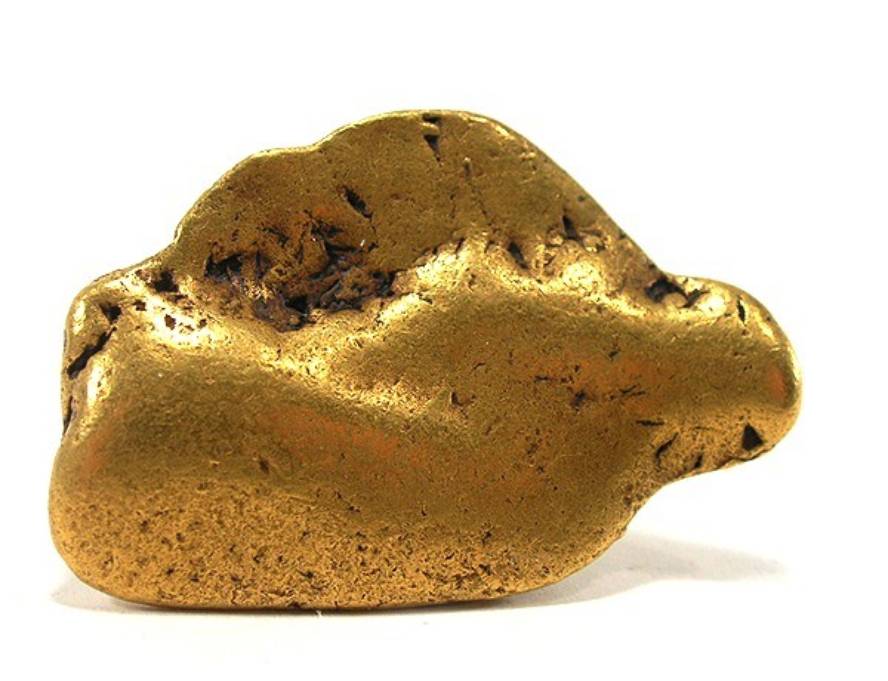A bacterium lives forming nanopipites with dissolved gold

A species of bacteria produces gold nuggets to live in a medium in which gold is dissolved. The secretion of a compound produces the solidification of dissolved gold, so that the bacteria face the toxicity of gold, which inhabit the golden middle but do not enter the inside of the cell. This was explained by the researchers of the Canadian University of MacMaster in their work published in the journal Nature Chemical Biology.
About ten years ago researchers from Adelaide University (Australia) discovered that there were bacteria in the gold particles. Since then, the bacterium Cupriavidus metallidurans has been investigated, which has seen how these bacteria accumulate within the cell gold dissolved in the middle as unarmed nanoparticles, but have not yet clarified how they achieve it.
Another bacterium that lives in gold is Delftia acidovarans. And that's what Canadians are investigating. The researchers found that by growing these bacteria in a gold solution a dark golden halo appeared around the bacterial colonies. Thus, they concluded that D. acidovarans generated gold particles outside and not inside the cell like C. metallidurans.
Several responsible genes have been found. Genetically modified, they have found that without these genes bacteria do not produce halos, and even the presence of gold hinders bacterial growth. And the compound that precipitates gold has also been isolated: delfibactin. According to the researchers, delfibactin can be useful for the manufacture of gold nanoparticle catalysts or for the extraction of gold from the dirty waters of the mines.




